detail profile jos c3 a9 luis s c3 a1enz de heredia
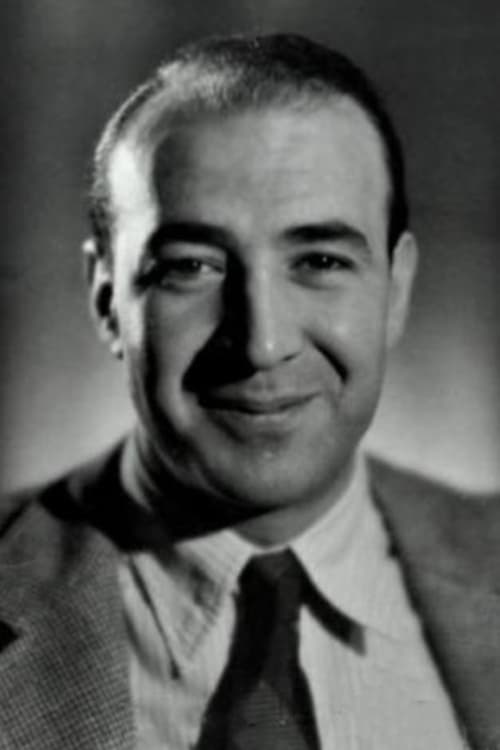
José Luis Sáenz de Heredia
José Luis Sáenz de Heredia y Osío
atau dikenal sebagai
Riwayat Hidup
José Luis Sáenz de Heredia, Spanish filmmaker, was born on April 10, 1911 in Madrid.
He debuted as a filmmaker with Patricio miró una estrella (1935), later signed La hija de Juan Simón (id), and ¿Quién me quiere a mí? (1936), under the orders of Luis Buñuel, who saved his life during the Civil War.
Very important in Franco's cinema, he became the official filmmaker of the regime; he made Raza, 1941, El escándalo, 1943, El destino se disculpa, 1945, Bambú, id.
, Mariona Rebull, 1947), La mies es mucha, 1949, Don Juan, 1950, Historias de la radio, 1955, Franco, ese hombre, 1964, La verbena de la paloma, 1963; Historias de la televisión, 1965.
Info Pribadi
Peran Yang Di Mainkan José Luis Sáenz de Heredia
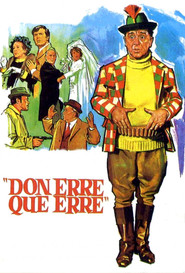 Don Rodrigo goes to the bank...
Don Rodrigo goes to the bank...Don erre que erre 1970
Don Rodrigo goes to the bank and when he is going to take his money there is a robbery. Then the bank refuses to give him his money back (257 pesetas, a small amount of money) with the argument that the money was robbed to him, not to the bank. He will fight against the bank till the last consequences.
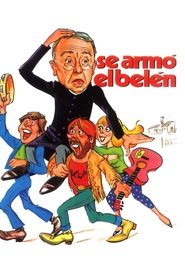 An old priest who has old...
An old priest who has old...¡Se armó el belén! 1969
An old priest, who has old ideas, is intended to exercise the apostolate in a neighborhood in the suburbs of Madrid. There the revolutionary climate and anti-religious character of the congregation thwarts all his attempts to attract them. The Archbishop admonishes him and asks to renew his methods, using the example of a young priest of a modern parish. The old priest tries to apply in his environment what he has seen in the parish model, setting off a chain of events.
 Spain 1906 in a small village and...
Spain 1906 in a small village and...El indulto 1960
Spain, 1906: in a small village and pregnant after having been raped, Antonia is forced to marry the brutal Lucas to save her honor. But the mother of the girl pays Lucas 20,000 reales so that the man will never get any closer to Antonia or the child to be born. The man's bad temper will take him to jail and Antonia will try to remake his life with Pedro, Luca's brother. However, despite how far they may go, the couple are distressed at the prospect of Lucas being pardoned and seeking them after leaving prison.
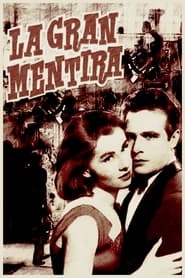 Csar Neira an almost forgotten Spanish...
Csar Neira an almost forgotten Spanish...La gran mentira 1956
César Neira, an almost forgotten Spanish actor, gets involved by chance with Teresa, a teacher from a small village in the province of Cáceres, who has won a radio contest. The prize is a trip to Madrid to experience just for a fortnight the life of the famous and wealthy people.
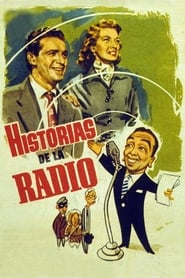 Three short stories based on radio...
Three short stories based on radio...Radio Stories 1955
Three short stories based on radio competitions, all linked by speaker Gabriel and his fiancee. Two inventors who want to patent a piston and need money, a thief who answers a phone call while robbing and a child who needs to go to Sweden for an operation are the protagonists of these stories around the radio.
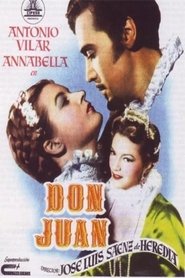 Don Juan leaves Venice and gets...
Don Juan leaves Venice and gets...Don Juan 1950
Don Juan leaves Venice and gets back to Seville, his home city. When he arrives there, he learns that his father is dead and has left all his properties to him, on codition that he marries Doña Inés. Don Juan makes up a former marriage, but when he meets her he becomes fascinated by her beauty.
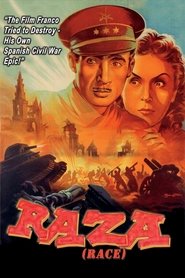 The troubled story of the Churruca...
The troubled story of the Churruca...Raza 1942
The troubled story of the Churruca family, a noble lineage of brave seamen, descendants of Cosme Damián Churruca, the Spanish hero of the Battle of Trafalgar; from the Spanish-American War (1898) to the end of the Spanish Civil War (1936-39). (In 1950, a new cut of the film was released with less ideological depth and ten minutes shorter.)
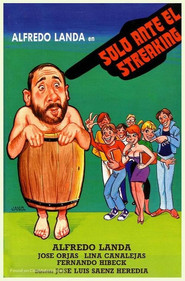
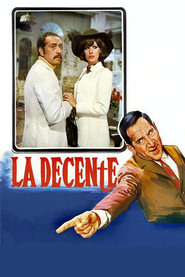
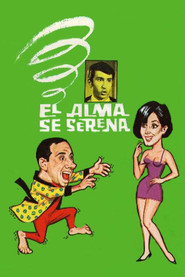
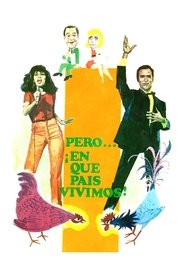 Antonio Torres a serious singer of...
Antonio Torres a serious singer of...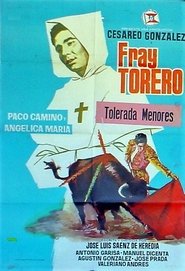
 Film divided into two stories 1 Cuando...
Film divided into two stories 1 Cuando... In Madrid Spain an omniscient narrator...
In Madrid Spain an omniscient narrator...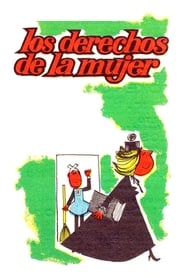 Juan marries prestigious lawyer Mara Jos...
Juan marries prestigious lawyer Mara Jos...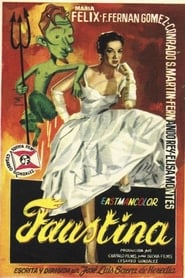 A conquering woman of love power...
A conquering woman of love power...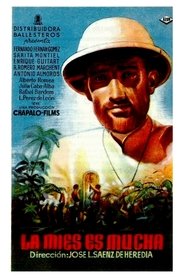 Father Santiago Hernndez a Spanish missionary...
Father Santiago Hernndez a Spanish missionary...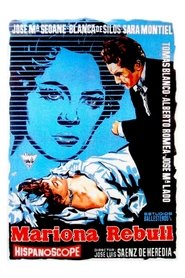 Barcelona Spain at the end of...
Barcelona Spain at the end of...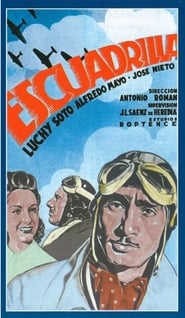
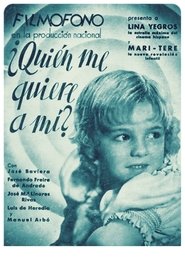 In order to save her marriage...
In order to save her marriage...